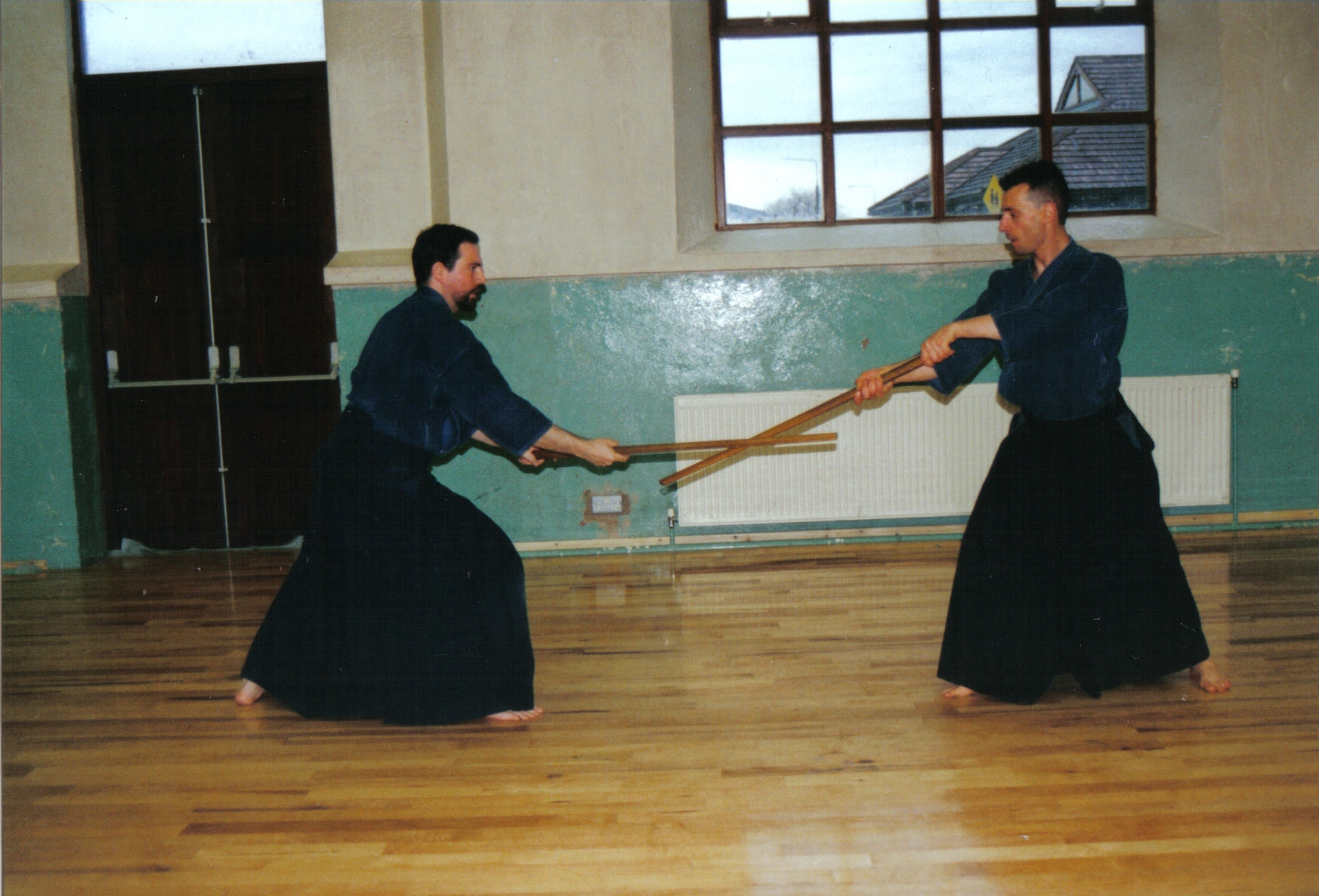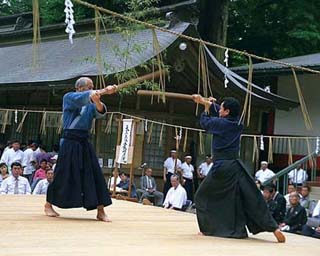A guide to martial arts
 •
by
•
by Alphabethis
A guide to martial arts
This article is based on my own personal opinion and, even,
experiences, take it lightly, as anything coming from me.
The best thing that anyone can say about martial arts is that they
open your views about some aspects of reality. Many intellectual or
physical activities change the way you perceive the world, martial
arts are one of these.
Perhaps, you, lie me, have experienced that strange feeling when
riding a bike the first time after a long span of time without doing
it. If you are a regular car driver, you may have wondered why you
have been looking at a non existant rear-view bike mirror at the very
same position it IS in your car. Or, you have felt going to slow when
walking after a long, long bike ride. It's easy to switch our
perception of time-space when we change the vehicle we move in.
Martial arts can be as "revolutionary" as those, not because you
become Bruce Lee, Chuck Norris or Steven Seagal ( you won't , most
likely), but because they help you to develop new approaches to
physical world (like bike riding does).
So, here you are my own recollection of magic, secondary effects,
achievable by everyone.
Judo, Judo is a hard martial art, I mean, it hurts. It's rough and if
you are above 30, just don't try it. Well, there're two fighting
styles in judo, floor fighting ( kinda similar to freestyle wrestling)
and th stand up judo. The goal of this second style of judo is to make
your opponent lose ground and make him fall. It's not about kicking or
hitting him, just making him fall on the ground, a painful fall,
since, typically a human body falls with all its weight and crashes
with the ground focusing all energy in very few points. It's the
weight of enemy that harms the enemy.
The keys about judo are "gravity center" and "support base", and
both are appliable to everyday life. Whenever you stand on your feet,
your weight, precisely, your gravity center lies within your support
base, when you move, your move your feet, changing your support base
and "offering" "projection lines" where your gravity center finds more
difficult to keep within your support base. Judo just provokes or
takes advantage of those "inbalances".
http://www.judovision.org/techniques/judo-base-of-support-center-of-gravity-explained.html
Taekwondo. Taekwondo is, like karate or Kung, a kick&hit martial
art. What's the real life lesson you make get out of this family of
"martial arts"? Well, basically, your body is an axis, where two foces
on the same path but oppossing directions may be applied, so the force
in one direction is reinforced by the opposing foce. Body torques and
couple mechanics not only for hitting but for dragging, like, in
swimming.
One excellent to improve your swimming efficiency and style is to
practice a bit of these martial arts "torques".
http://en.wikipedia.org/wiki/Couple_%28mechanics%29
http://www.itfnz.org.nz/reference/essays/13-biomechanics.php
Katori shinto ryu. The art of the sword. At first glance, you might
think that those guys with swords are just taking ceremony too far and
little else, but, actually, sword art, specially "raw katori" (not
kendo nor iaido ( the art of drawing)) is one of the most interesting
experiences. Waving the wooden stick ( bokken) draws new boundaries
into space. Suddenly, your surrounding space comes to life and you
think space positions as "reachable", "non reachable", in two movements or in a
slip. Of course, you have been surrounded all your life by "air
space", and you feel the psychological space when a guy ( or girl)
comes too close to you. "Katori space" is a broader space, a
structured space, and a structured excercise on that new space,
comprising, let's say 4-5 metres deep in front of you, and 3 metres
wide. As you would when playing chess ( thinking about the
possibilities opened by any movement, and then for all the movements
available after that movement (in a second level) and so on , till
level 15, reached by chess masters), you find your mind imagining
"space" posibilities and recreations of the sword ( or stick) and its
presence in the space. So a purely physical activity becomes a highly
intensive intellectual activity, not language or logic, but
intellectual space activity.


Perhaps, one great advantage about Katori is that you don't need to be
fit, slim or young to practice it. Even if you are 70 years old, and
fat you can practice it with no problem.


Comments
[removed]
ps: v1!
V - 5 / / / S old
Luego, cuando tenga un rato lo leo 😉
v
You are a little out with your age for Judo, my mum is 70, a black belt 3rd Dan,still practices and teaches.
link a vid, or didn't happaned
You are mad but I love you all the more for it o/
I am not, although I do agree many people think I am
In my free time I am a ninja
I used to sword fight. Real sword, not this wooden stick. Would be doing it in slow motion, for the movies, it'd be dangerous any other way. Great experience nonetheless.
That was some time ago, nowadays I like levitating.